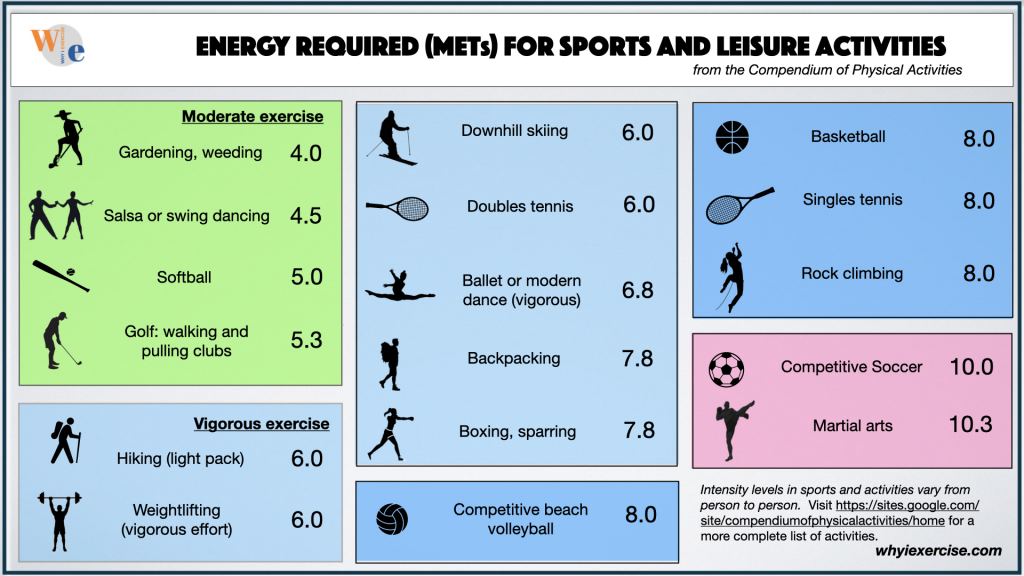Hey fitness fans, ever wondered how to measure how hard you’re really working during a workout? Enter the Metabolic Equivalent of Task, or MET—a slick little number that tells you how much energy you’re burning compared to just chilling out. It’s like a universal yardstick for physical activity, and today, we’re breaking it down for you.
What’s MET All About?
At its core, MET is a way to gauge the intensity of anything you do—whether it’s walking the dog, hitting the treadmill, or even napping. The baseline, 1 MET, is set at the energy you use while sitting quietly, pegged at about 3.5 ml of oxygen per kilogram of body weight per minute. That translates to roughly 1 calorie per kilogram of body weight per hour. Simple, right?
- Walking slowly (3 km/h)? That’s 2 METs—twice the energy of sitting.
- Jogging hard? You could hit 8 METs or more.
- Sleeping? A cozy 0.9 METs.
It’s all about how much you’re revving up your engine compared to idle mode.

Why It’s a Game-Changer
METs let you compare activities across the board, no matter your size. Sure, a bigger person burns more total calories hauling groceries, but METs level the playing field by focusing on intensity relative to your body weight. It’s a handy tool for planning workouts, tracking progress, or just figuring out if that spin class is worth the hype.
- Low-key vibes: 1-3 METs (think light walking or stretching).
- Moderate grind: 3-6 METs (brisk walking, casual biking).
- Full throttle: 6+ METs (running, intense cardio).
How to Use It
Let’s say you weigh 70 kg and jog at 8 METs for an hour. You’re burning about 8 calories per kg per hour—560 calories total. Not bad! Coaches and apps love METs because they make it easy to prescribe effort levels or estimate how much gas you’ve got in the tank. Even doctors use it to check your fitness during stress tests.
Some Fun Examples
- Chillin’ like a pro: Sitting = 1 MET.
- Strolling with purpose: Walking 3 km/h = 2 METs.
- Beast mode: Running at 22.5 km/h (that’s a 4:17 mile pace) = 23 METs.
Even sleeping clocks in at 0.9 METs, proving you’re still in the game—just barely.
Why It Matters for You
METs aren’t just nerdy science—they’re practical. Want to know if your workout’s tough enough? Check its MET value. Need to balance cardio and rest? METs give you the scoop. It’s like having a fitness translator that works for everyone, no matter your weight or goals. Plus, it’s cool to know that crushing a 10-MET run means you’re burning energy ten times faster than when you’re Netflix-and-chilling.
A Quick Heads-Up
METs are based on averages, so your personal mileage might vary a bit depending on your metabolism or how efficiently you move. No biggie—just use it as a guide, not gospel.
Wrap-Up
Metabolic Equivalent is your backstage pass to understanding what’s going on with your body during any activity. Whether you’re a gym rat, a weekend warrior, or just trying to stay active, METs help you see the effort behind the sweat. So next time you’re planning a session, think in METs—it’s the smart way to level up your game.
